Types of Mold: Cladosporium

Did you know there are over 100,000 different types of mold? When thinking in the context of household mold we often categorize the mold we see into colors in order to identify or explain the issues we are having. It goes much deeper than color! When we talk about types of mold that fall in the category of toxic, there are 5 to be concerned about: Cladosporium, Penicilium, Fusarium, Aspergillus, and Stachybotrys. In this article, we are going to talk specifically about Cladosporium.

WHAT IS CLADOSPORIUM?
Cladosporium is one of the most common species of mold found in houses and in the outdoors. They grow on almost any organic surface such as food, soil, plants, paint, textiles, and wood. They are rapidly growing and take on a cotton-like or fluffy brown appearance. There are over 700 varieties of Cladosporium species. Some species prey on plants, whereas other species act as parasites on other fungal microbes. Some species may cause physical health symptoms in people who are sensitive to mold and fungus.
 WHAT DOES CLADOSPORIUM MOLD LOOK LIKE?
WHAT DOES CLADOSPORIUM MOLD LOOK LIKE?
Cladosporium has dark-colored conidia, which looks a lot like plant or tree branches under the microscope. Conidia are one-celled spores that are produced asexually. To the naked eye, Cladosporium looks like a brown-colored fluff or discoloration on wet surfaces. However, depending on where they grow, they may not always be visible. Certain species that grow on plants cause black spots on leaves and stems.
IS CLADOSPORIUM DANGEROUS OR TOXIC?
As with any types of mold species, Cladosporium can cause health problems in people of any age. However, it depends on the immune system and the sensitivity of the individual. Some may not react to Cladosporium at all, while others will develop some allergies. However, some Cladosporium species can cause health emergencies if the spore count is unusually high in the air. People with compromised immune systems may have severe skin, eye, and lung complications when exposed to Cladosporium.
Cladosporium species can cause health emergencies if the spore count is unusually high in the air. People with compromised immune systems may have severe skin, eye, and lung complications when exposed to Cladosporium. Share on XWHAT ARE CLADOSPORIUM MOLD EXPOSURE SYMPTOMS?
Allergic symptoms can occur with prolonged exposure to Cladosporium species. Often these symptoms occur when exposed to more copious amounts. Again, it depends on the sensitivity and immune system of the individual.
General allergic symptoms can include:
- Asthma
- Stuffy nose
- Cough and wheezing
- Postnasal drip
- Itchy eyes, nose, and throat
- Fungal infections of the sinus, skin, and ears
- Itchy dry skin
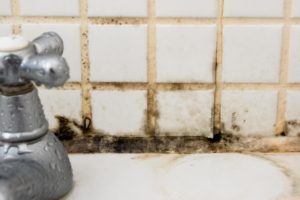 WHERE IS CLADOSPORIUM FOUND?
WHERE IS CLADOSPORIUM FOUND?
Cladosporium species are the most common molds typically found in homes. They can grow on almost any surface where this is a lack of sunlight and ventilation. You can find them in basements, kitchens, bathrooms, and any dark or damp areas of the home. The fuzzy mold found on old family heirlooms, in wine cellars, or old books stacked in the corner are often from the Cladosporium genus.
Cladosporium also has pathogenic plant species for both indoor and outdoor plants. They are also the most abundant mold species found outside. They may destroy new plant sprouts and can cause blackened areas on the leaves of indoor plants.
Cladosporium also has pathogenic plant species for both indoor and outdoor plants. They are also the most abundant mold species found outside. They may destroy new plant sprouts and can cause blackened areas on the leaves of indoor… Share on XCLADOSPORIUM GROWTH CONDITIONS
Different species of Cladosporium can grow in a wide range of conditions. They thrive on both wet or dry surfaces, which has implications for identification and removal. Although most species are dry, there are a few that can grow on wet surfaces like meat and food. However, the optimal temperature range is between 18-28 degrees celsius.
INTERESTING FACT – Although Cladosporium is not known to produce dangerous mycotoxins, it produces Volatile Organic Compounds (VOCs) associated with odors. The classic musty smell is a good indicator that Cladosporium species are present.
HOW TO REMOVE CLADOSPORIUM MOLD?
Removing embedded Cladosporium clusters may require professional help. Because this species can be found on both wet and dry surfaces, it requires expert knowledge and problem-solving.
Since most Cladosporium species produce a delicate fluff, they can be easily inhaled when disturbed. Although Cladosporium is not considered lethal in the general population, for some people, it can cause severe symptoms. For this reason, removal requires some protective clothing and gear to prevent inhalation and skin exposure.
It’s important to safely remove any types of mold species in your home, even if it’s not considered toxic. Professional mold testing can be invaluable for understanding which mold species are present and where.
It’s critical to understand how to prevent mold from growing back. Keep an eye on the damp areas of your home—particularly areas like windows, plants, basements, and attics. Kitchens and bathrooms are often popular places for mold growth as well. Keep humidity below 50% and make sure there is enough air ventilation. Opening windows or using fans can significantly improve air circulation.
REFERENCES
https://en.wikipedia.org/wiki/Cladosporium
https://www.ncbi.nlm.nih.gov/pmc/articles/PMC3390897/
https://www.plantmanagementnetwork.org/pub/php/research/2008/marsh/
https://www.sciencedirect.com/science/article/pii/S0166061618300095#bib30
https://www.tandfonline.com/doi/pdf/10.1080/08940630.1987.10466201

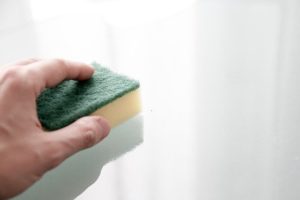

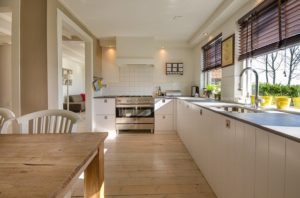 WHAT MAKES YOUR HOME BIOME UNHEALTHY?
WHAT MAKES YOUR HOME BIOME UNHEALTHY? WHAT DO IMBALANCES LOOK LIKE IN THE HOME ENVIRONMENT?
WHAT DO IMBALANCES LOOK LIKE IN THE HOME ENVIRONMENT?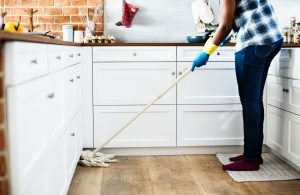


 What Is A Home Biome, And Why Does It Matter?
What Is A Home Biome, And Why Does It Matter?
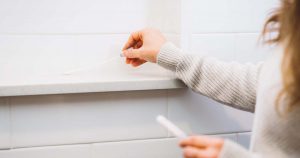 What Is Home Biome Testing?
What Is Home Biome Testing?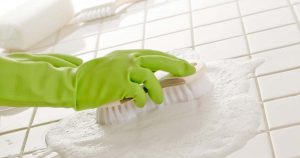 What Is Environmental Dysbiosis?
What Is Environmental Dysbiosis?